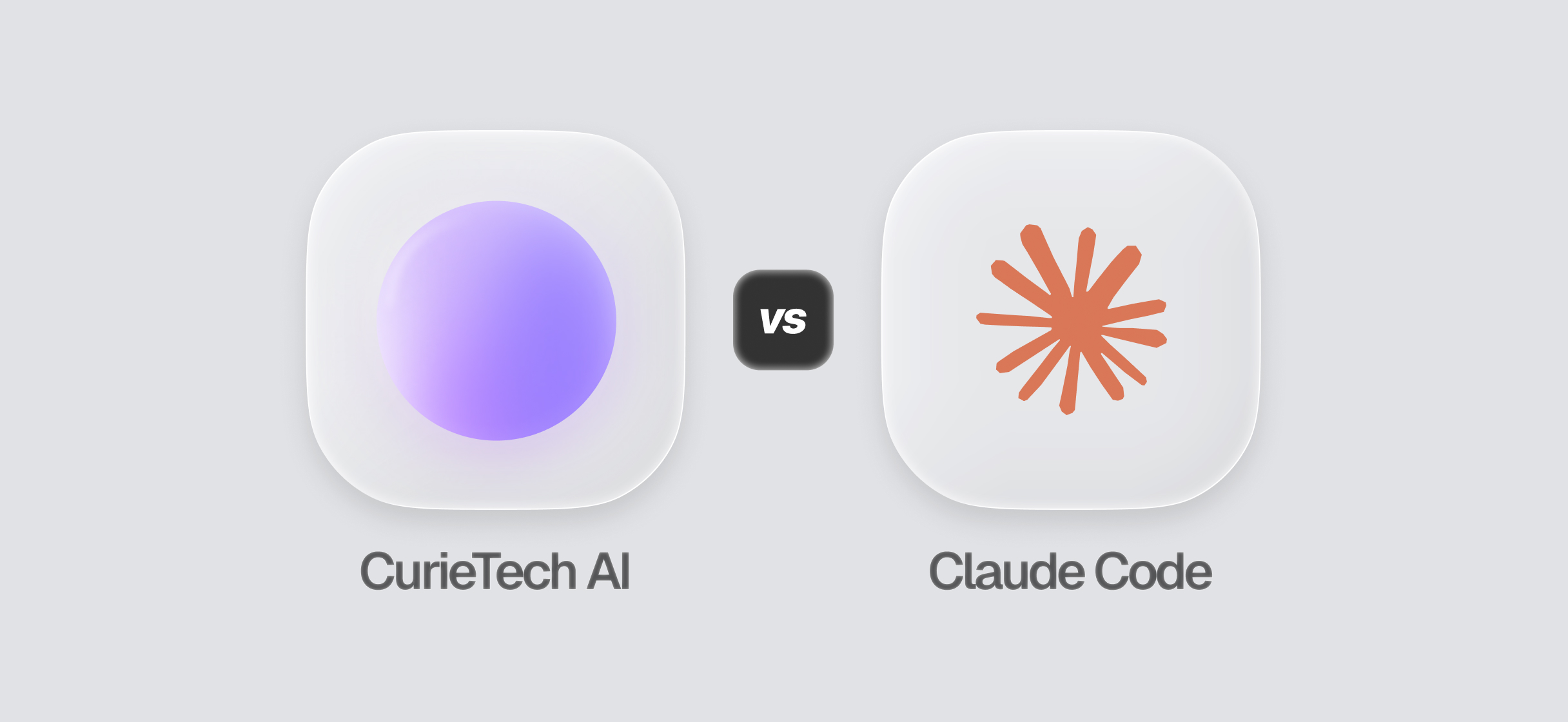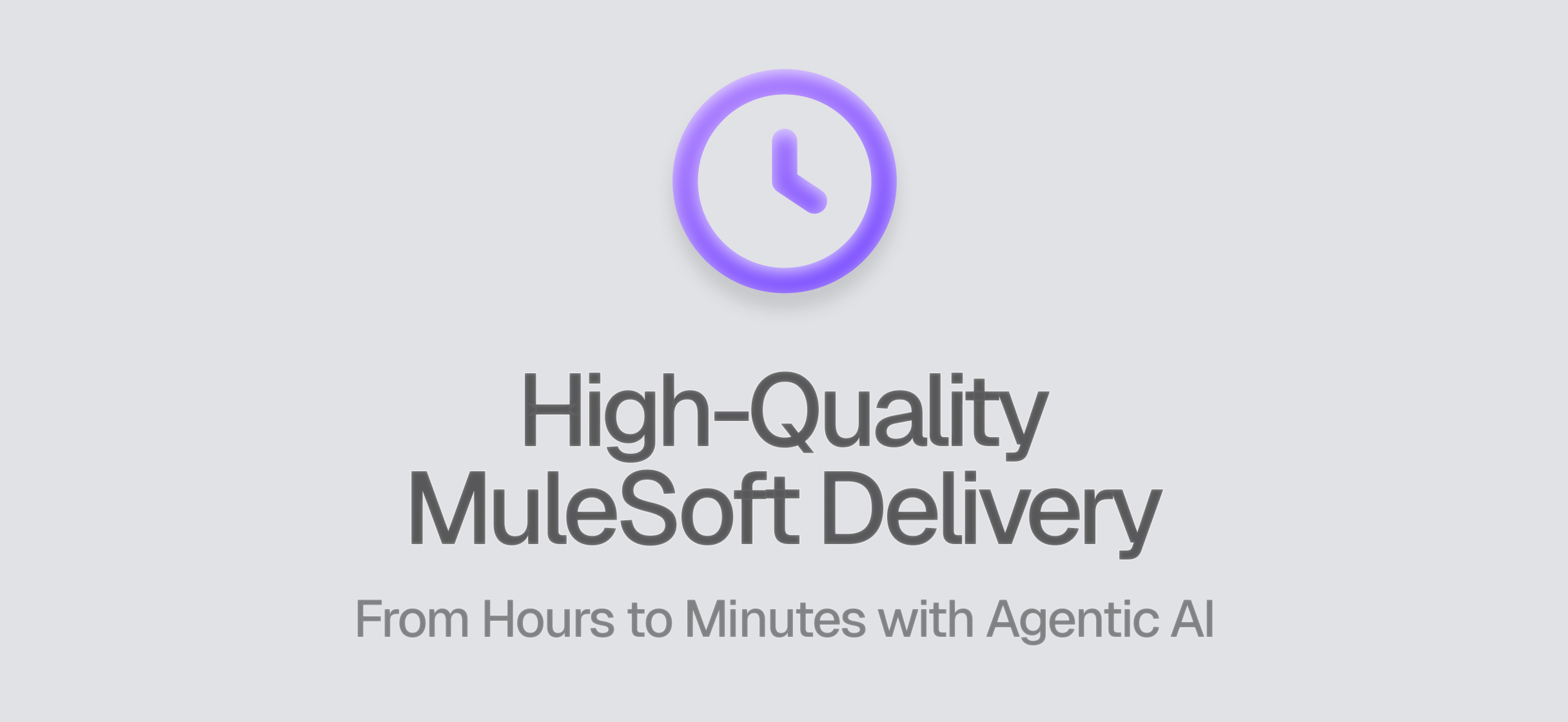As integration complexity grows across hundreds of enterprise applications, traditional coding and delivery models are reaching their limits: slow, expensive, and difficult to scale.
Agentic AI offers a new operating model for integration — autonomous, intelligent agents that dramatically compress time and cost while elevating quality standards.
Any technology shift requires IT leaders to build a compelling business case, and measures to prove ROI.
The Integration Challenge
Most organizations now run hundreds of applications that must communicate seamlessly to keep business processes running. Yet adding every new integration still feels like a rushed mini-project—scoped, coded, tested, and deployed manually with limited resource availability.
The challenge isn’t just about speed. It’s also about cost, scalability, and the technical debt that accumulates with every hand-coded integration. Not to mention the opportunity cost—business cannot stall without risking a competitive disadvantage. Traditional approaches simply cannot keep pace with today’s agile business demands.
Agentic AI is redefining how integrations are designed, built, and optimized.
When Traditional Integration Becomes a Bottleneck
For decades, integration delivery has been a labor-intensive process. In an ideal situation, analysts write specifications, developers code, QA teams validate, and operations deploy. However, in today’s reality, the development team takes most of the brunt. This model creates predictable challenges:
- Slow delivery: Manual steps, approvals, and testing extend timelines.
- High cost: Repetitive, low-value tasks consume skilled developer time.
- Inconsistent quality: Errors surface late, leading to costly rework.
Delivery lead-time delays cascade into extended time to value, creating measurable drag across the delivery lifecycle. Each delay adds time-to-value drag, impacting overall realized business outcomes.
For IT leaders, that delay translates directly into opportunity cost—postponed initiatives, slower automation, and unrealized ROI.
What Changes with Agentic AI
Agentic AI compresses time, reduces cost, and elevates quality, not by replacing developers but by amplifying them. Agents can interpret requirements, generate integration logic, validate mappings, and test automatically — all while learning and improving.
In practice:
- Time compression: Build and test cycles shrink from weeks to minutes.
- Cost compression: Teams deliver more output with the same resource investment.
- Quality elevation: Standards and validations are built into every step.
The result is an accelerated delivery model where integrations ship faster, run cleaner, and deliver measurable ROI sooner.
Building a Business Case for Agentic AI
Adopting Agentic AI enhances the return on your integration platform investment, driving measurable improvements in time, cost, and quality.
To build a strong business case, focus on five quantifiable dimensions:
- Freed-up developer hours: How much manual effort is automated?
- Code quality and stability: How many defects and rework cycles are eliminated?
- Delivery efficiency: How much faster can your team build and deploy integrations?
- Cost savings: What level of savings does this change bring to your organization?
- Opportunity advantage: What new projects can now be delivered sooner or more cost-effectively?
When measured together, these metrics tell a clear ROI story — more output, fewer errors, and faster business impact.
What to Look for in an Agentic Integration Platform
When evaluating agentic platforms, focus on capabilities that ensure enterprise readiness:
- Domain specific agents: Tuned to the domain or knowledge base that is relevant for you. For example: MuleSoft.
- Code quality and code maintainability: Outputs are error-free and meet internal standards.
- High first-attempt accuracy: Results align closely with prompts and require minimal refinement.
- Adaptability: Supports your organization’s patterns, standards, and best practices.
- Testing and validation: Agents manage most QA tasks automatically.
- Security and trust: Designed to ensure full transparency and control.
- Integration with existing tools: Works seamlessly with your current iPaaS and MuleSoft workflows.
- Benchmarked performance: Measurable gains demonstrated in real-world scenarios.
How to Begin
Start a POC and measure. Choose one integration and automate the full lifecycle—from code generation and testing to deployment and documentation.
Compare manual versus agentic delivery across:
- Cycle time and developer hours freed
- Reduction in defects and rework
- Productivity and throughput gains
- Acceleration of business impact
Once validated, expand adoption across teams and functions, establishing agentic delivery as the new integration standard.
The IT Leader’s Advantage
Agentic AI represents more than a productivity improvement—it is a new operating model for integration delivery, one where development accelerates; costs are optimized, and quality continuously improves.
By adopting this model, IT leaders move beyond managing integration projects to orchestrating outcomes. Integrations become adaptive, intelligent, and self-improving, driving measurable business agility at scale.
Agentic AI is not the future of integration—it is the new norm.
To explore practical frameworks and real-world ROI examples, sign up for this workshop: Building a Business Case and ROI.



.jpg)

